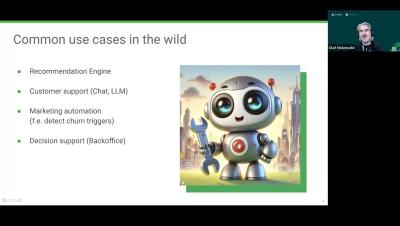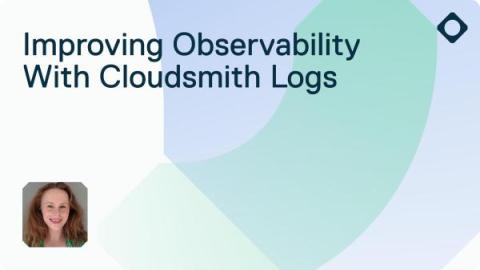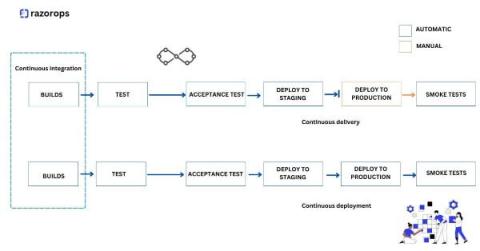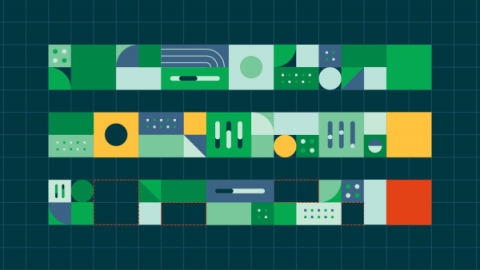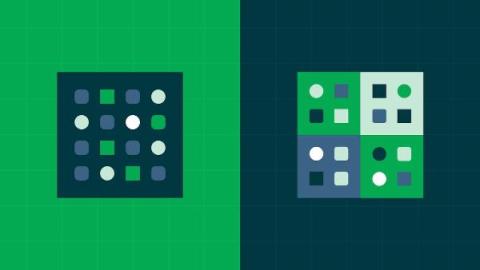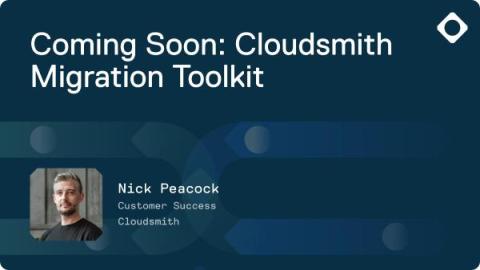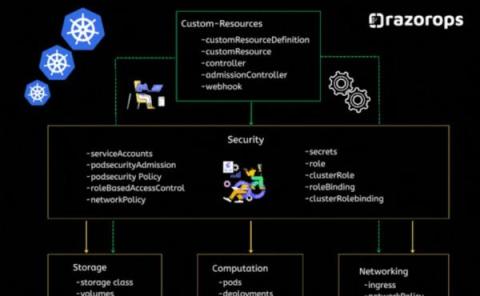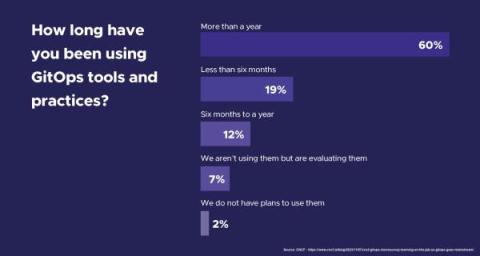The testing pyramid: Strategic software testing for Agile teams
The testing pyramid model untangles the complexity of software testing by fitting it into an efficient hierarchical structure. By focusing on unit tests at the base, integration tests in the middle, and end-to-end tests at the top, the testing pyramid ensures that most testing efforts are spent on tests that are fast, reliable, and easy to maintain. This allows for quicker iterations, improved code quality, and more stable releases.



